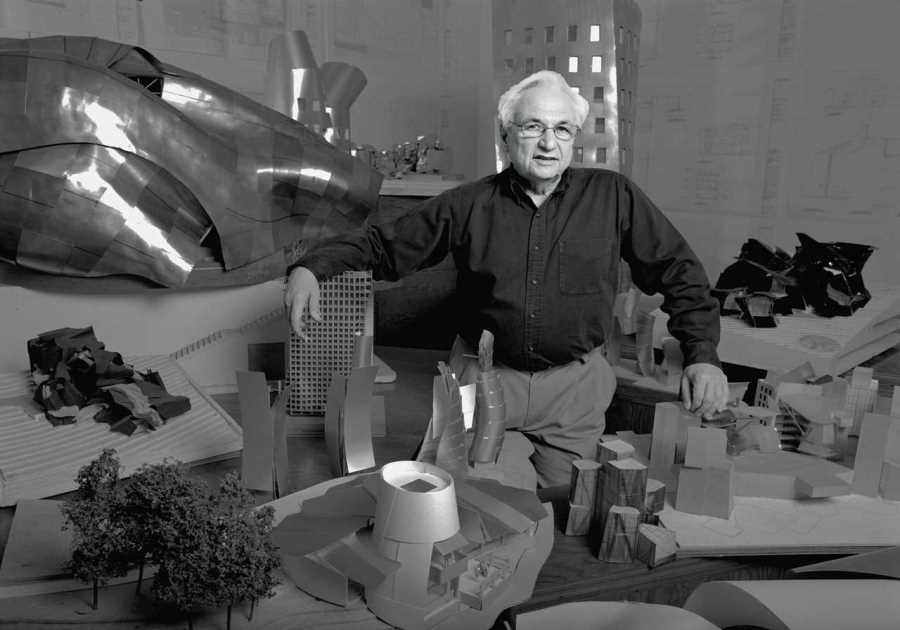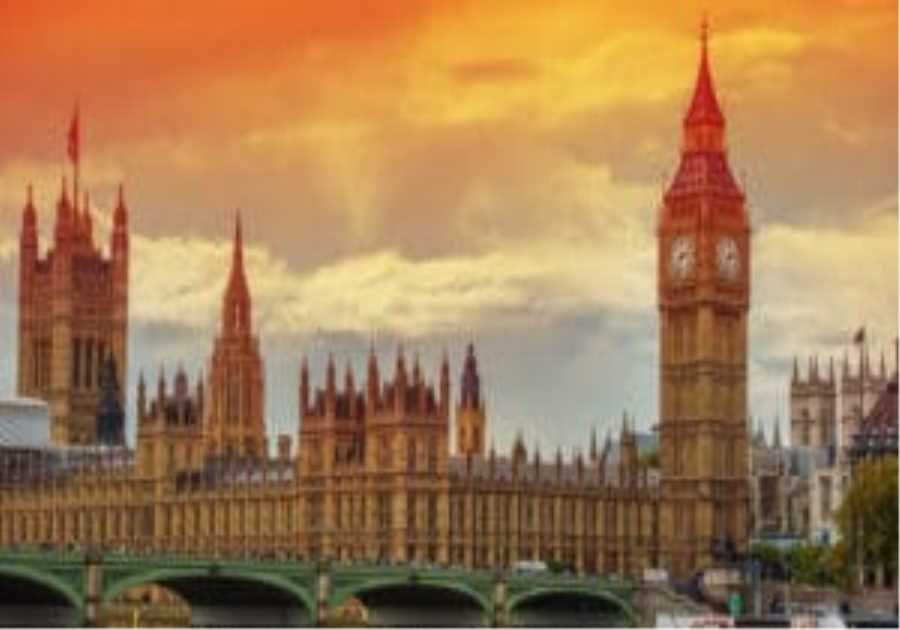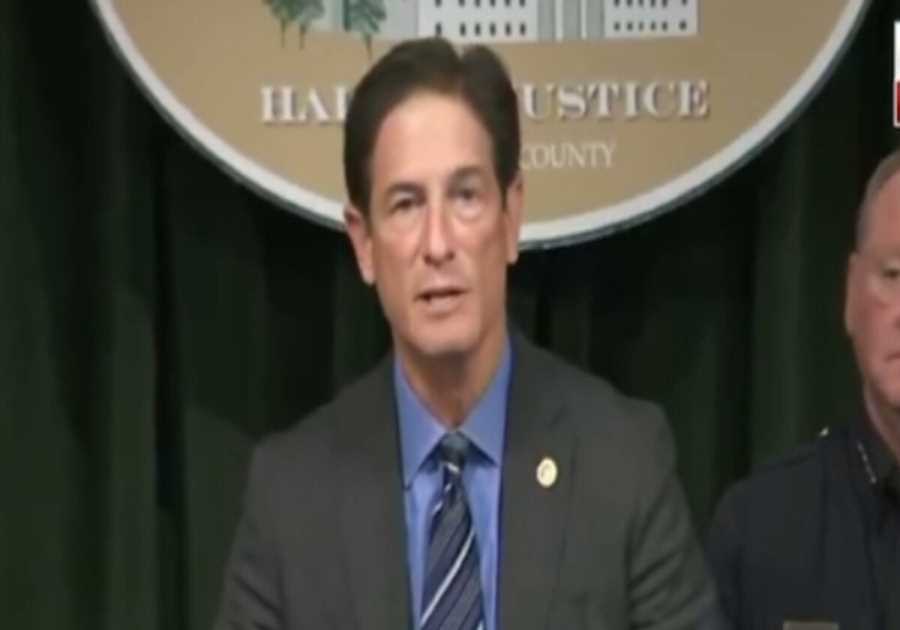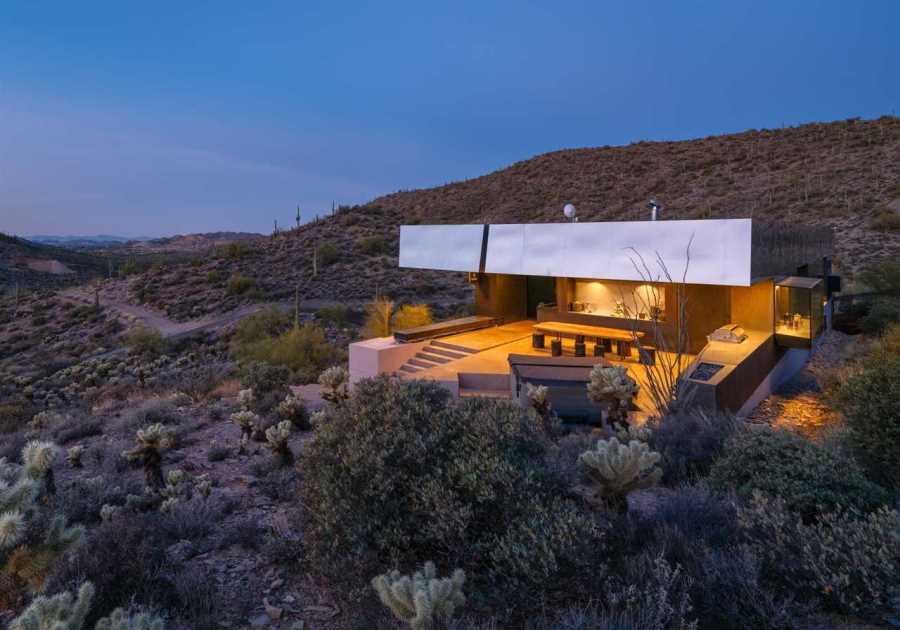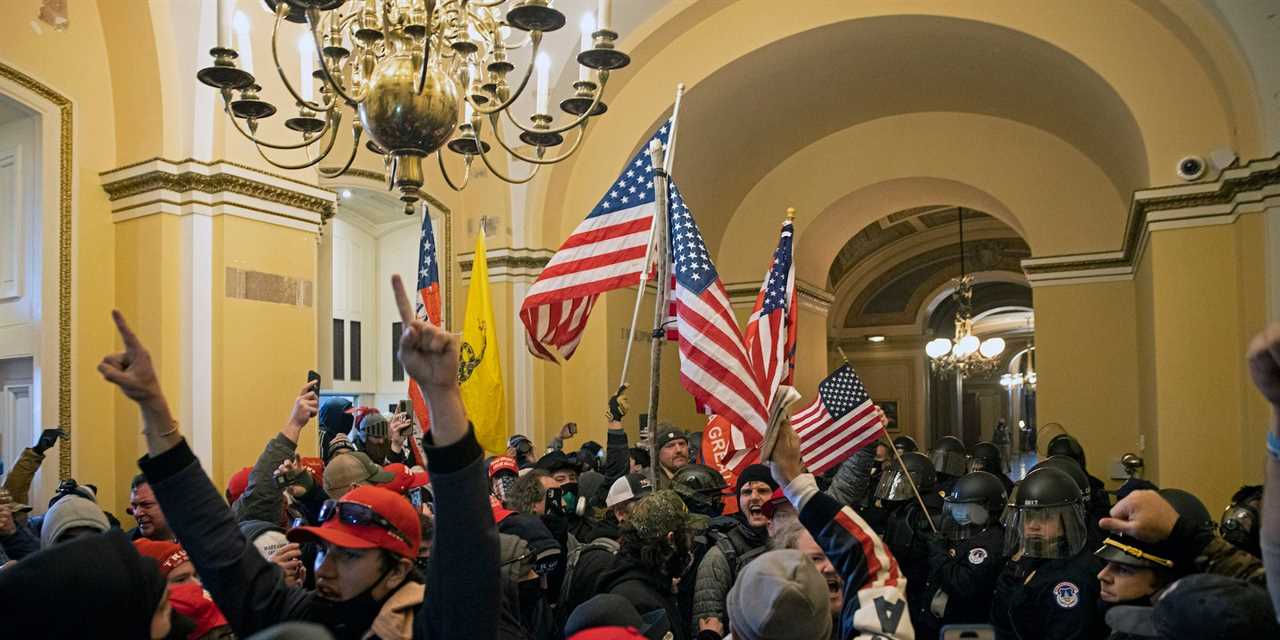
Brent Stirton/Getty Images
- House Republicans have begun to make January 6 security camera footage publicly available.
- I signed up for a 3-hour appointment, where I watched the footage in an obscure conference room.
- I watched as lawmakers fled for safety — and banded together — while rioters besieged the Capitol.
More than two-and-a-half years after the January 6 attack on the US Capitol, House Republicans have begun to make security camera footage from the days surrounding the riot more widely available.
There's been plenty of controversy — and distortions of the events of that day — in the meantime.
When Democrats controlled the House, they resisted releasing the entirety of the footage, arguing that doing so would be compromising to the security of the US Capitol complex. Even so, certain clips have made their way into documentaries about that day and played a prominent role in the public hearings staged by the January 6 committee last year.
When Republicans retook the chamber, House Speaker Kevin McCarthy granted then-Fox News host Tucker Carlson exclusive access to the footage — resulting in the broadcast of a distorted narrative of the day's events that angered even fellow Republicans.
But now, the Committee on House Administration has opened up access to the footage more broadly, allowing reporters, certain non-profit groups, January 6 defendants, and those who were injured during the riot to view the footage.
I decided to take them up on it. Here's how it went, and what I saw.
Showing up to view the footage
As a reporter, I was able to sign up for a 3-hour time slot, and can theoretically continue to do so once per week. I emailed the committee staff last Monday, and was able to quickly set up an 11 am appointment just days later.
On Friday, I met committee staff in the lobby of O'Neill House Office Building, a lesser-known part of the Capitol complex where the January 6 committee held depositions with witnesses.
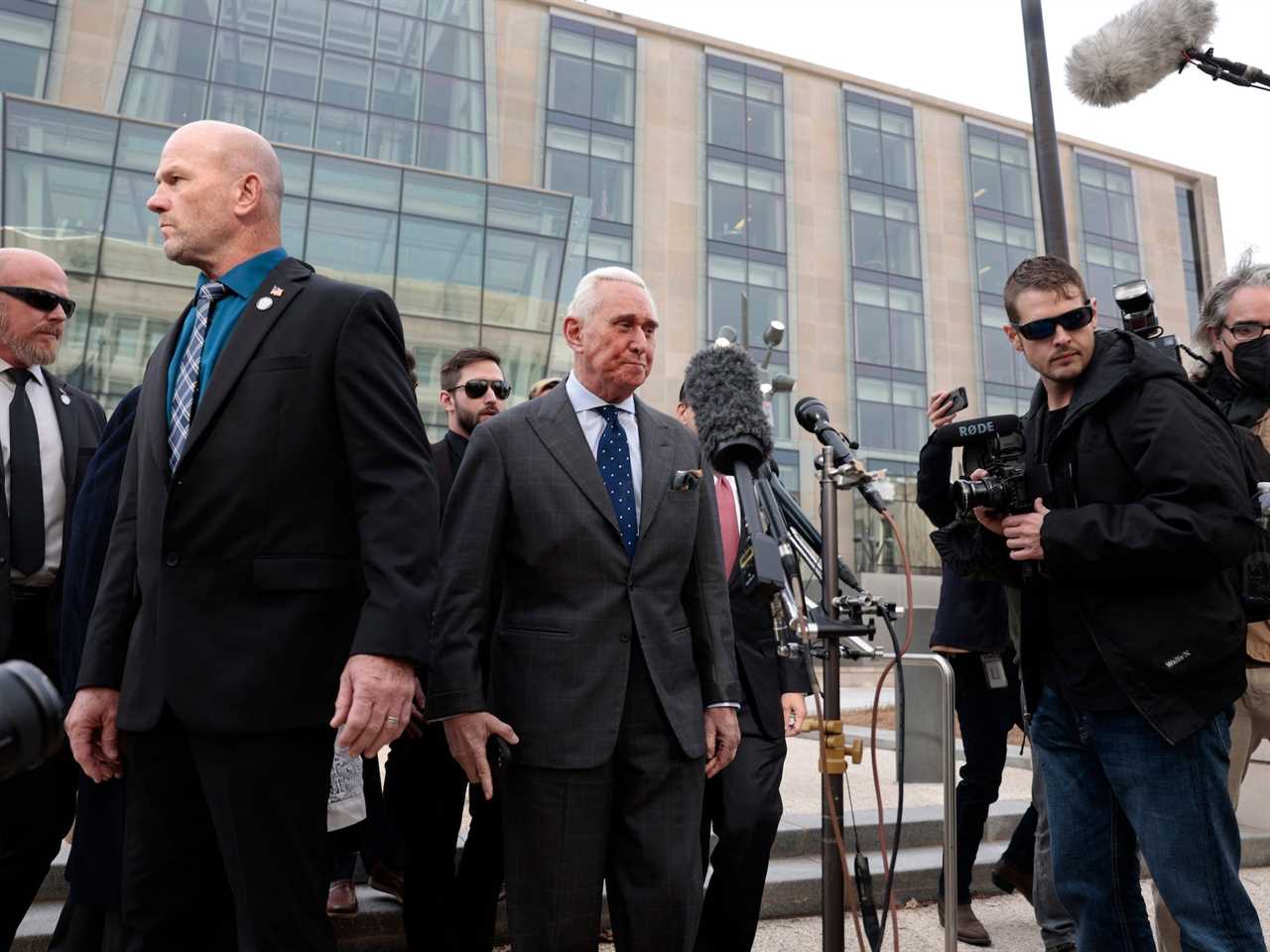
Anna Moneymaker/Getty Images
The staff led me up to a conference room on the 4th floor, where three desktop computers — each set up to allow for browsing the footage — were lined up against a back wall.
I was required to leave any electronics, including my cell phone, by the door in order to prevent me from recording or photographing any of the footage.
A staff member from the committee was on hand the entire time to answer questions and monitor the terminals, where one other reporter was also viewing footage and taking notes.
How the viewing works
When I sat down at the terminal, a large map of the Capitol Complex filled the screen — one fairly similar to the below map from the US Capitol Police, but in black and white.
Scattered across the map were blue circles indicating the locations of a cluster of security cameras. Upon zooming in, each camera was marked by a small camera lens icon.
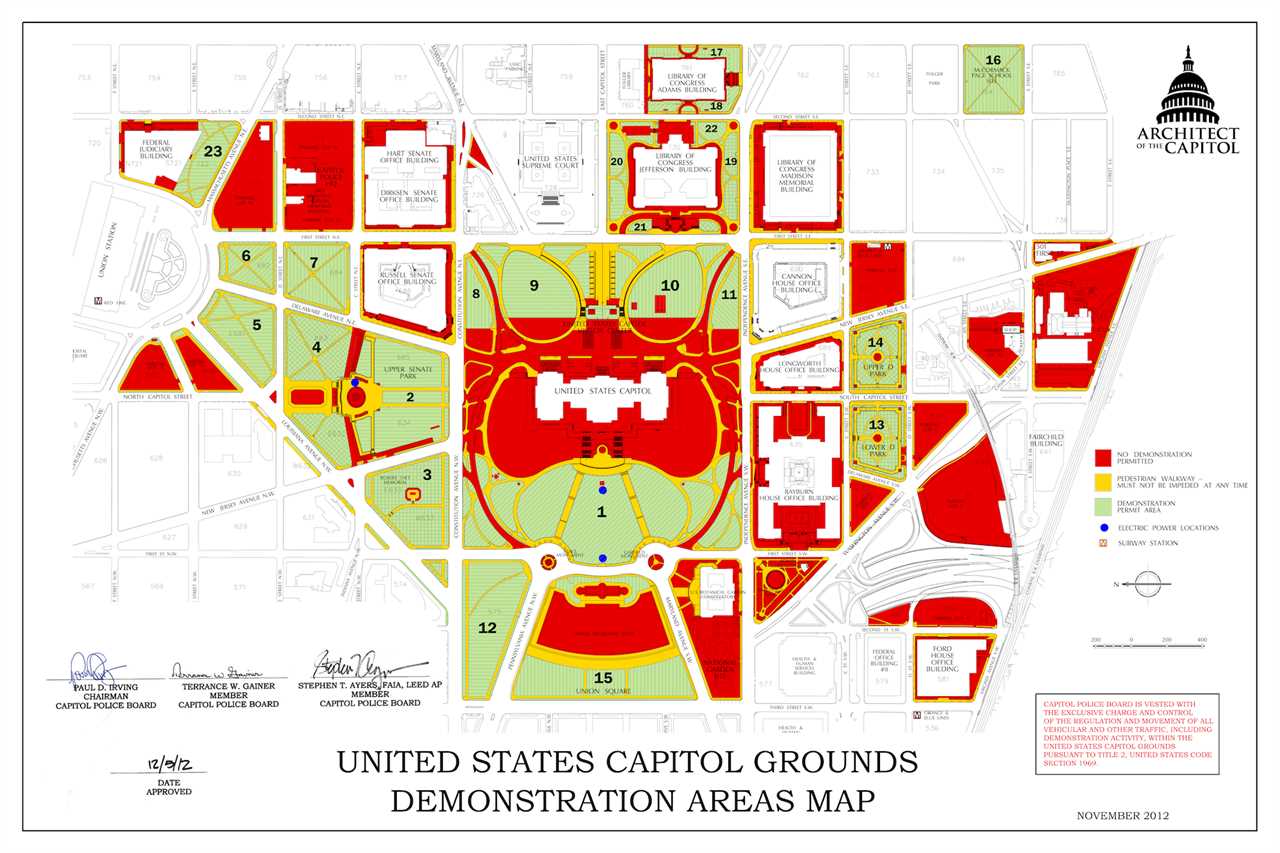
United States Capitol Police
Once I'd identified a camera I wanted to look at, I could drag the lens icon into another window, where I was able to view any moment between January 5 and January 7, 2021. Some of the timelines accompanying each clip included orange markers, denoting moments that previous viewers — including January 6 committee staff — had sought to highlight.
Through a drop-down menu, I could also view maps of the interior areas of the complex — including each floor of the Capitol and the surrounding office buildings, as well as the pedestrian tunnels and subway tracks that connect them — that were similarly overlaid with camera lens icon
Given that we've already seen so much footage of the rioters on the outside of the building, I chose to focus on the inside, looking particularly how lawmakers responded to the impending threat.
The House Administration Committee is also allowing news outlets to request clips from specific cameras, and will make them publicly available via an online "reading room" sometime soon.
What I saw on the House side
I began by looking at the pedestrian tunnel that connects the Capitol to Cannon House Office Building — an area that I frequently stake out during session days when I'm hoping to talk to certain House members.
Focusing around the 2 pm hour — when rioters halted Electoral College certification proceedings in the House — I saw a steady stream of activity in the tunnel.
Democratic Rep. Cori Bush and her chief of staff could be seen walking away from the Capitol at 2:07 pm, less than 15 minutes before the House went into recess. Bush later recounted in February 2021 that she "just felt the need" to walk out during the House proceedings, before the chamber was breached.
Nine minutes later, I saw police forcibly leading a man — possibly a rioter — down the tunnel and away from the Capitol. I saw a throng of police officers heading into the Capitol at 2:33 pm, just as the situation outside the House chamber was beginning to deteriorate.
Upstairs, I focused on a lone security camera in front of the House chamber. At 2:27 pm, a group of rioters began to assemble in the hallway leading into the chamber, where House members and reporters typically do television hits, and the rioters were initially met with what appeared to be just one police officer.
The crowd continued to swell and gradually grew more visibly restive and agitated, and even as more officers arrived for backup, it clearly wasn't enough: at 2:36 pm, the rioters overwhelmed the cops and surged forward towards the door of the House chamber.
I looked at cameras in the subway tunnel connecting the Capitol to Rayburn House Office Building, which appeared to be the tunnel that most House members used to evacuate. On another security camera in Longworth House Office Building, I watched lawmakers of both parties gathering near the secure location where they sheltered for the duration of the riot.
I then skipped to later in the day, where I saw lawmakers begin to return to the chamber after 8 pm.
In the Cannon Tunnel, I saw Rep. Steny Hoyer — then the House Majority Leader — leading a large procession of roughly 25 staffers back into the Capitol at 8:04 pm.
Lawmakers began to trickle back in the minutes thereafter, where I saw then-Rep. Madison Cawthorn, a Republican, making his way towards the Capitol right next to Rep. Eric Swalwell, a Democrat.
Here's what I saw on the Senate side
On the Senate side, I focused on the security cameras outside the back of the chamber, where senators — and then-Vice President Mike Pence — were led away as the threat from rioters became clearer.
Pence left the chamber down the East back stairway at 2:26 pm, roughly 4 minutes before everybody else was led down the West stairway on the other side.
It was at this moment that the fear of that day came through, even on the silent footage that I was viewing. Officers on the West stairway had set up a barricade using some chairs and benches, and one officer in particular could be seen visibly swaying back and forth, pacing around, as the minutes elapsed.
The Senate is generally known as the more collegial chamber, and it showed.
As senators headed down the stairway in a single-file fashion, they seemed to be leaning on one another, physically, as they made their escape.
Down in the basement below the Capitol, I watched as Republican Sen. John Boozman helped Democratic Sen. Dianne Feinstein make her way towards the senators' secure location in Hart Senate Office Building, with one arm held firmly against her back. Over in Hart, Alaska Sens. Lisa Murkowski and Dan Sullivan could be seen locking arms as they made their way to safety.
Other random sightings I jotted down in my notebook included: a reporter apparently interviewing Republican Sen. Kevin Cramer, a go-to quote source for Capitol reporters, as the evacuation took place; Republican then-Sen. Jim Inhofe milling around in the tunnel towards Hart, on the phone and appearing confused, as officers seemingly encouraged him to keep moving; Democratic Sen. Sheldon Whitehouse seemingly being the last senator to make it out of the Capitol, minutes after everyone else.
What I didn't — or couldn't — see
Three hours isn't nearly enough time to look at all of the footage.
There are also plenty of areas in the complex where no footage was available, apparently due to lack of camera coverage. That includes the area behind the House chamber where rioter Ashli Babbitt was shot by a Capitol Police officer, as well as the upper floors of most office buildings.
Nonetheless, there's certainly more that one could look at, including the controversial tour group that Republican Rep. Barry Loudermilk led the day before the riot, how cameras on Capitol grounds captured the advance of the crowd, and more of lawmakers returning to their chambers on the evening of the 6th.
All in all, though, I found the experience to be eerie.
I started covering Capitol Hill several months after the riot took place, and most of what I know about that day is based on news reports, documentaries, and the January 6 committee hearings.
The unfiltered footage, however, was another stark reminder of the darkness of that day.
I saw not just the lawmakers I cover, but also reporters that I work with, running for safety in the buildings where I now work. The COVID-19 pandemic was still raging at the time of the riot, and seeing everyone walking around in masks — as well as several who pointedly did not — brought back some of the peculiarities of that point in time.
But I'm glad I did it, and overall, I'm glad that the footage is being distributed more broadly. If anything, it's a reminder of what that day was really like, and how those inside the Capitol actually experienced it.
Read More
By: [email protected] (Bryan Metzger)
Title: I watched the newly-public security camera footage from January 6. I saw things I hadn't seen before — including eerie scenes of lawmakers fleeing for their safety on one of the darkest days in American history.
Sourced From: www.businessinsider.com/january-6-security-camera-footage-release-house-republicans-2023-9
Published Date: Mon, 11 Sep 2023 16:21:43 +0000
.png)
